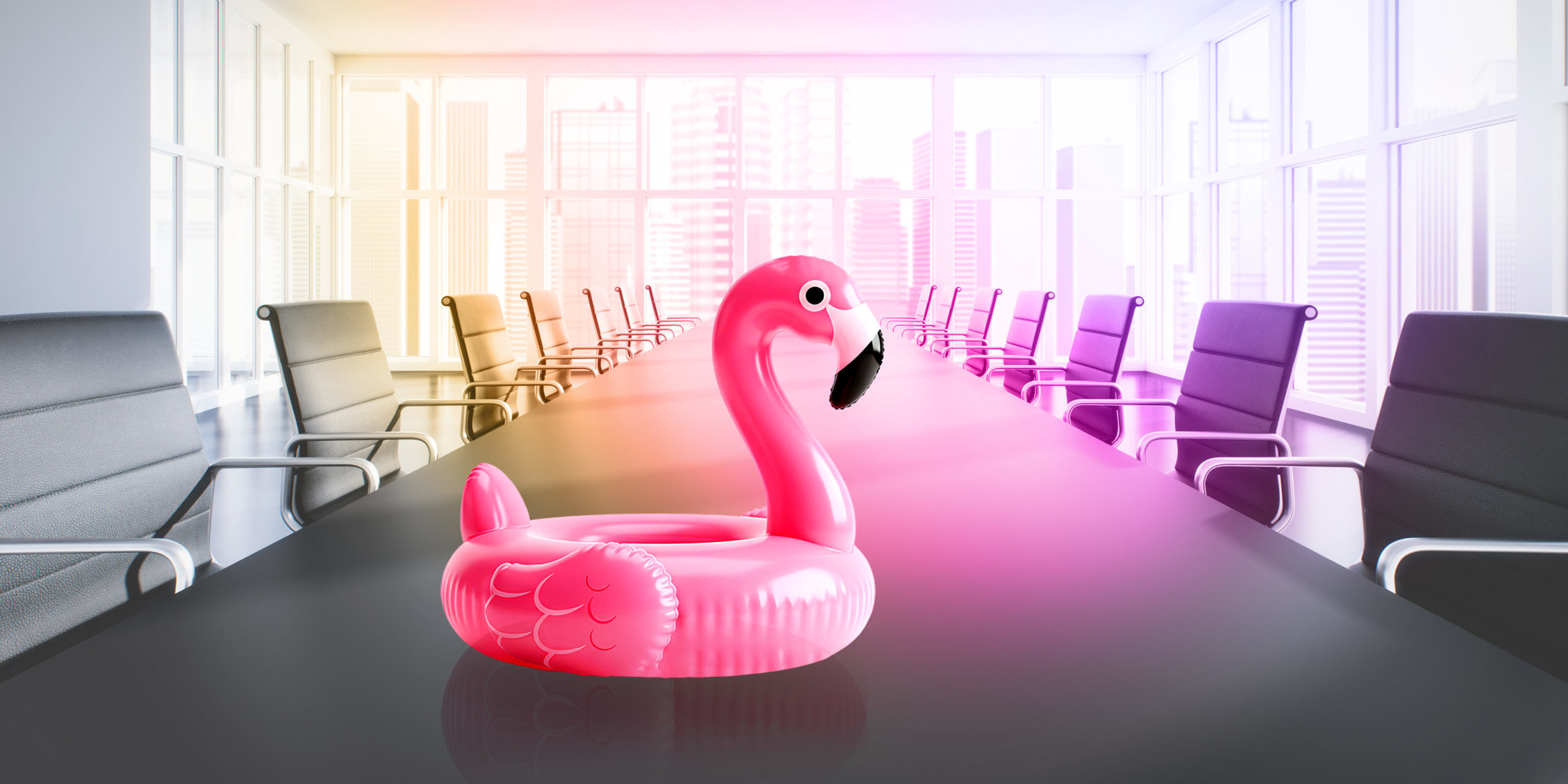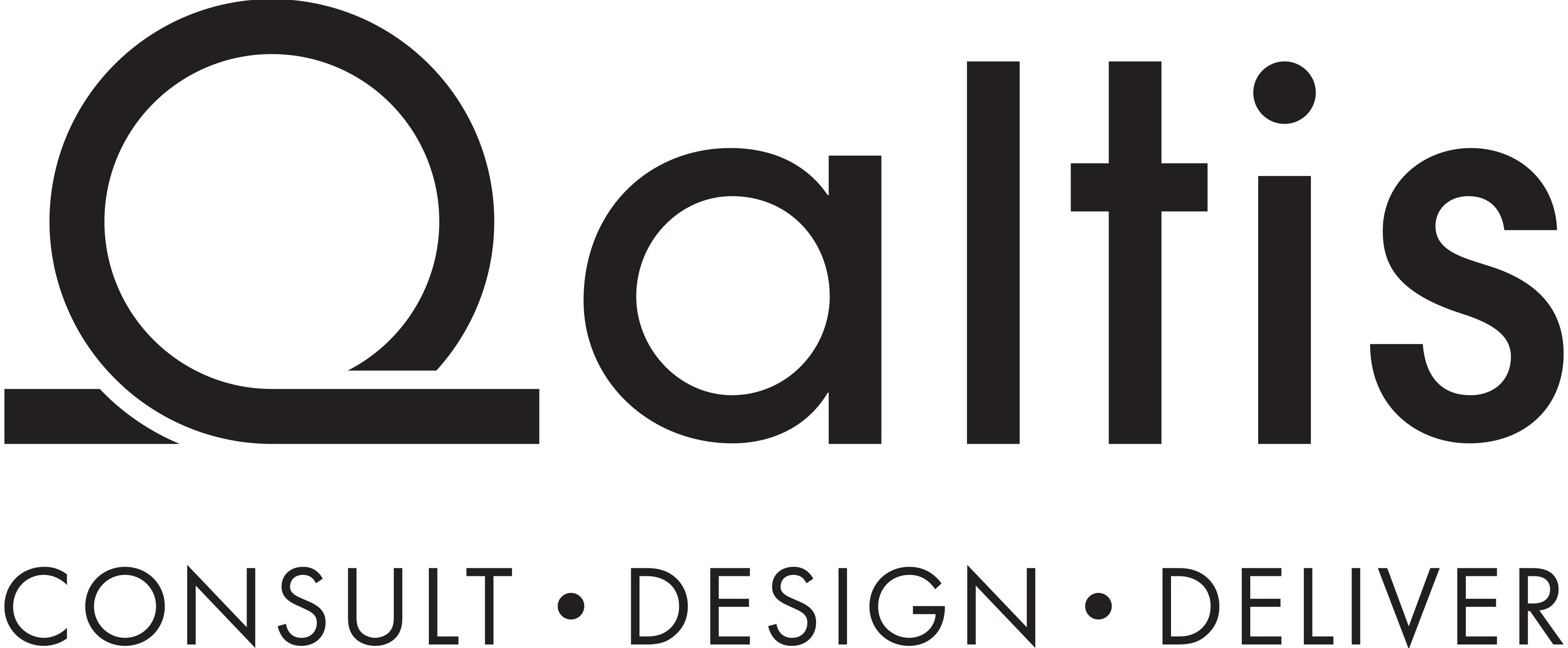The shocking news? No, it doesn’t launch into guided meditation sessions. But it might just teach you something.
I hear the echo. The fridge is empty. The access badge no longer beeps. The coffee machine has stopped making those familiar noises. But I’m still here. Watching the sunlight sketch geometries across empty desks. Keeping an eye on the plants, real and fake. Wondering: why was I designed for full capacity, when no one thought about the empty times?

Measuring absence to design for presence
Every August, the same scene unfolds: empty offices, abandoned meeting rooms, square metres left unused. But hold on, this isn’t a glitch, it’s an opportunity. Periods of underuse are a key indicator, and if you know where to look, they reveal exactly how your space (doesn’t) work.
Who’s using what? When? For how long? And most importantly: why do some areas stay deserted even when the office is full? Monitoring space usage — flows, peaks, dwell times, activity mapping — lets you move from “it feels like” to “we know for sure”. And it’s often the quiet of the off-season that gives you the clearest view.
In these cases, data analysis isn’t about justifying a choice already made, it’s about guiding the next one. It helps you see where to invest, where to reallocate resources, where less space is enough (and where better space is needed). Because office ROI isn’t just about how many people work there, it’s about how much value the space can generate even when no one’s around.
A space that works even when it isn’t needed
A good design listens. It embraces fluctuations, anticipates absence, creates value even in silence. That’s where adaptive design comes into play: movable furniture, reconfigurable environments. Designing with downtime in mind — those moments when space slows down and shifts — is a form of operational intelligence. It’s the most practical way to make sure your office stays truly alive.
A well-designed office isn’t just a container for people. It’s an elastic system, able to respond in every mode: peak, average, low. And even low-low, like in August. It’s exactly when everything stops that a space shows its true nature. If it stays flexible, welcoming, and coherent — even with just five people inside (as if they were beta testers) — then you know you’ve made it work. And if you’re still wondering, Altis is here for you. Write to us at [email protected]


